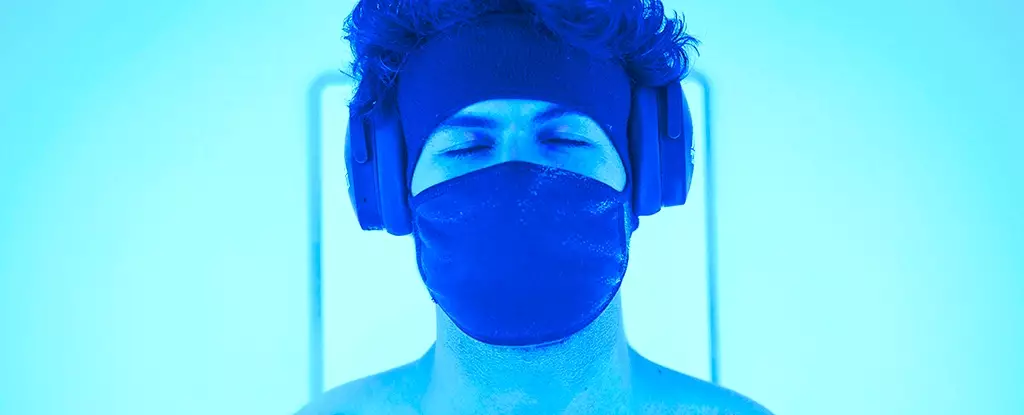In the quest for improved sleep quality, innovative methods frequently emerge, captivating the interest of researchers and wellness enthusiasts alike. One such method gaining traction is cryostimulation therapy, which involves exposing the body to ultra-low temperatures, specifically around -90 °C (-130 °F), for brief periods. Recent studies spearheaded by researchers from the University of Poitiers, France, suggest that this frigid practice may enhance sleep quality in adults, leading many to contemplate integrating such therapies into their health routines.
Olivier Dupuy, a kinesiologist affiliated with the University of Montreal, assisted in analyzing the impact of cryostimulation on sleep architecture. Dupuy and his team discovered a noteworthy increase in slow-wave sleep—an essential phase known for its restorative properties—when participants engaged in daily five-minute sessions of cryostimulation. This increase averaged around 7.3 minutes, which, while seemingly modest, could translate into significant benefits over time, especially for individuals struggling with sleep-related issues.
The study’s methodology reinforces the legitimacy of its findings. By monitoring 20 healthy participants, aged around 23, for a five-day period, the researchers collected substantial data on sleep quality post-cryo sessions. Each participant was equipped with a range of sensors that tracked various biological activities during their slumber, alongside subjective self-reports on sleep quality.
Interestingly, while participants’ slow-wave sleep improved considerably, not everything benefited from cryostimulation. Measures such as latency to sleep onset and the duration of REM sleep remained largely unaffected. This distinction is vital as it highlights the complexity of sleep dynamics and indicates that cryotherapy has specific, rather than universal, benefits.
A particularly intriguing aspect of this study was the revelation that responses to cryostimulation differed between genders. Women exhibited more pronounced improvements in mood and anxiety levels compared to their male counterparts. Dupuy’s observation invites a deeper investigation into how physiological differences influence cryotherapeutic outcomes. Such insights could pave the way for tailored treatments, optimizing the therapeutic effects of cold exposure based on gender-specific responses.
Despite the promising findings, the sample size of just 20 participants raises valid questions about the study’s generalizability. Further research is necessary to validate these initial results and explore a broader demographic to ascertain how factors like age, health status, and lifestyle might influence the effectiveness of cryotherapy.
The implications of cryostimulation extend beyond mere sleep enhancement. The demonstrated ability of cold therapy to alleviate chronic inflammation and mitigate early signs of dementia could hold tremendous potential for various therapeutic applications. Additionally, elite athletes may benefit from incorporating cryotherapy into their recovery protocols, as evidence suggests it aids in reducing post-exercise inflammation and promotes overall well-being.
The therapeutic use of cold has historical roots dating back to ancient cultures, indicating its longstanding recognition as a beneficial practice. However, modern research’s scientific lens renders its applications more compelling and nuanced, reinforcing the notion that such treatments are more than mere placebo effects.
As we continue to unravel the mysteries of sleep and its critical role in overall health, research like that of Dupuy and his team highlights the innovative approaches necessary to tackle sleep disorders effectively. Cryostimulation presents a thrilling frontier in sleep science, potentially offering a practical and accessible intervention for those grappling with sleep issues. Though further studies are essential to deepen our understanding and refine methodologies, the initial findings demonstrate that embracing the cold may just lead many to warmer, more peaceful nights. Ultimately, as both a sleep aid and a recovery tool, cryostimulation could prove to be a valuable addition to contemporary health practices, promoting restorative sleep in a uniquely chilling manner.


Leave a Reply